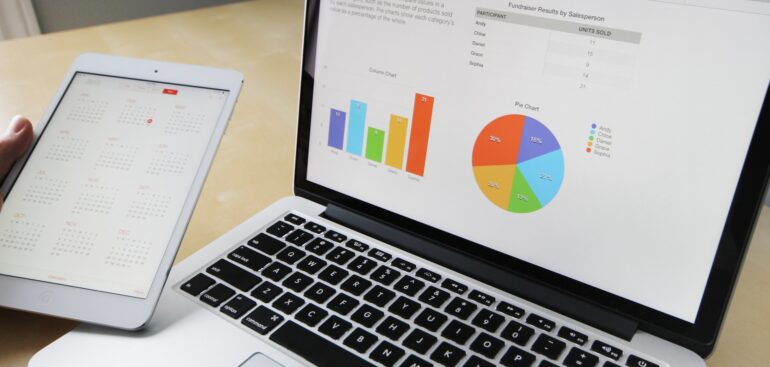The long-term impact of microcredit on peoples’ lives is limited: new research reveals it can help more people by modifying and extending its model.
Microcredit is frequently touted as an effective policy tool to fight global poverty.
Does microcredit benefit people?
However, questions remain about how much this approach ultimately benefits the people it is intended to help. Indeed, a series of careful, empirical evaluations in recent years have shown the little or limited impact of microcredit on household welfare in developing countries.
One analysis, for instance, looked at six studies that provided microcredit expansion through seven different lenders in six countries — Bosnia, Ethiopia, India, Mexico, Morocco, and Mongolia — during 2003-2012. It found a lack of evidence of the transformative effects of microcredit on the average borrower.
Another researcher studied the impact of access to microcredit on six indicators: Household business profits, business expenditures, business revenues, consumption, consumer durables spending, and spending on temptation goods. She found the average effects of access to microcredit on these outcomes are small and uncertain, probably around 5%. She also found a moderate to a high probability of zero impact.

